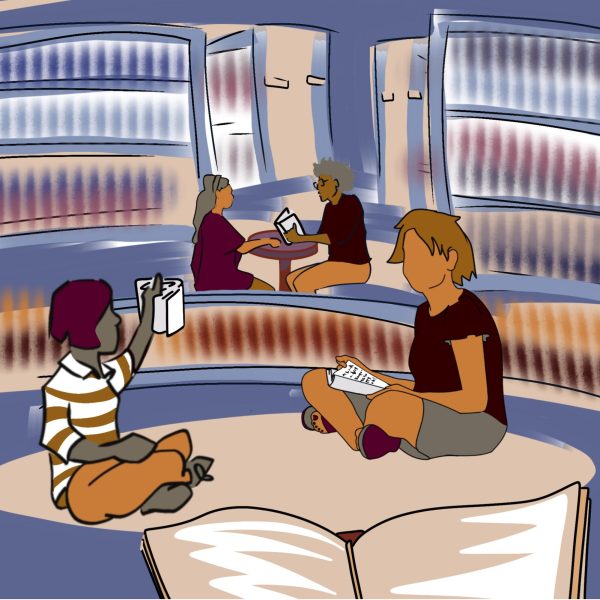Gender identity: Normal or disorder?
October 20, 2010
Every one of us knows someone who is lesbian, gay, bisexual or transgender. He or she may be a friend, family member, neighbor or the person who sits next to you in class. We all know someone, but the issues facing the LGBT community are still somewhat taboo. I will readily admit that I have little experience with many of these issues, but I do know something about Gender Identity Disorder, a psychiatric “disorder” listed in the Diagnostic and Statistical Manual, the Bible of the mental health field.
Gender Identity Disorder is characterized in the DSM by cross-gendered behaviors, feelings and associations, including a desire to be the other sex and discomfort with your own sex. Someone can only be diagnosed with GID if they experience distress or impairment because of this “disorder.” Just because GID is listed in the DSM, though, does not necessarily mean it should be. Homosexuality also used to be listed as a psychiatric disorder but was taken out in the latest edition.
There are three main stances on this issue:
1) GID should remain in the DSM because it is not normal but a sign of dysfunction. People with this “disorder” should be treated to remove the feelings and behaviors associated with it.
2) GID is a legitimate disorder, but we should change the wording in the DSM and see people who are diagnosed with it as normal.
3) GID is not a problem or a disorder and people should not be labeled with it. They don’t need treatment because there is nothing wrong with them.
Although the answer may seem clear, that this is not a disorder, unfortunately the solution is not so cut and dry.
For many transgender individuals, a diagnosis of GID is the only way to get health insurance to pay for gender reassignment surgery. These surgeries are very expensive and go well beyond the means of many people who want or need them. The problem is people are still going to be labeled, and many people will have to notify employers of a psychiatric disorder for the rest of their lives. The stigma attached to the label can be a difficult burden to bear.
Another problem is that the DSM lumps together adults and kids in the same “disorder.” For children, gender confusion can often be short-term, while in adults it usually lasts several years, often times longer. Some kids are placed in psychiatric hospitals because of this diagnosis, and therapy that tries to “correct” their gender confusion is still being done today.
The ideal solution here would be to keep the “disorder” in the DSM, so that adults can get the surgery they need, but give it a new name, like gender dysphoria (gender confusion) and remove it as a psychiatric disorder. It is hoped this distinction could reduce the labeling and stigma attached to the GID diagnosis. The DSM should separate children and adults, listing a different but similar classification for each, or completely remove the classification for children. Another solution might be to develop another system entirely for providing financial support to those who feel they were born in the wrong body.
Christen Mullett is a senior psychology major and columnist for the Daily Kent Stater. Contact her at [email protected].
























